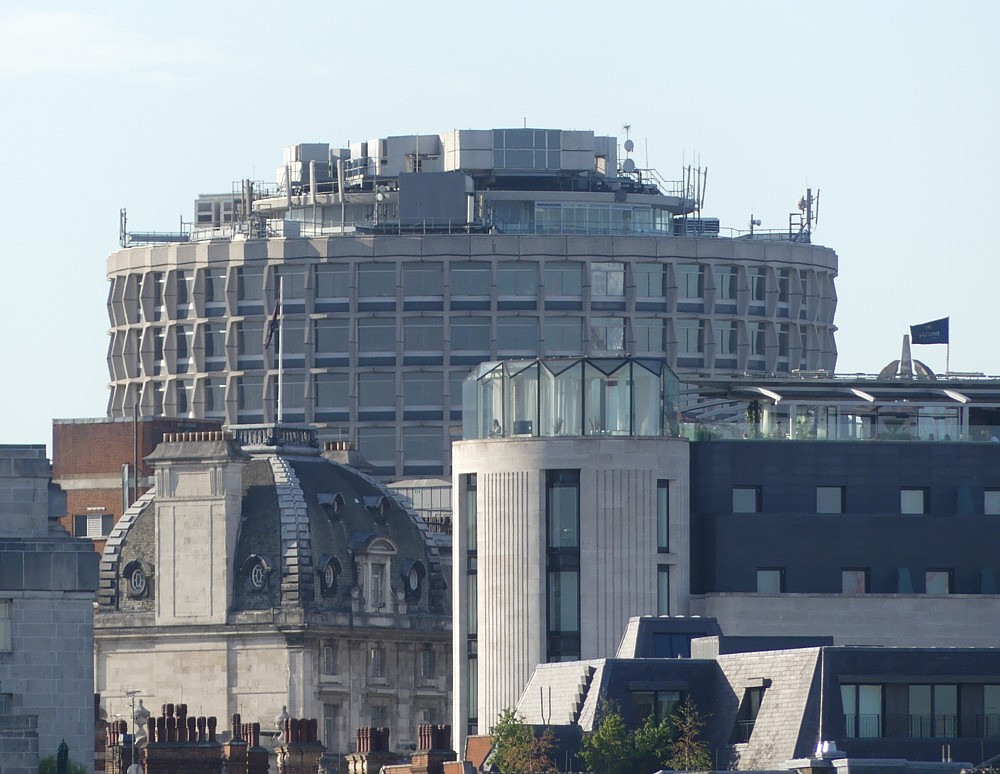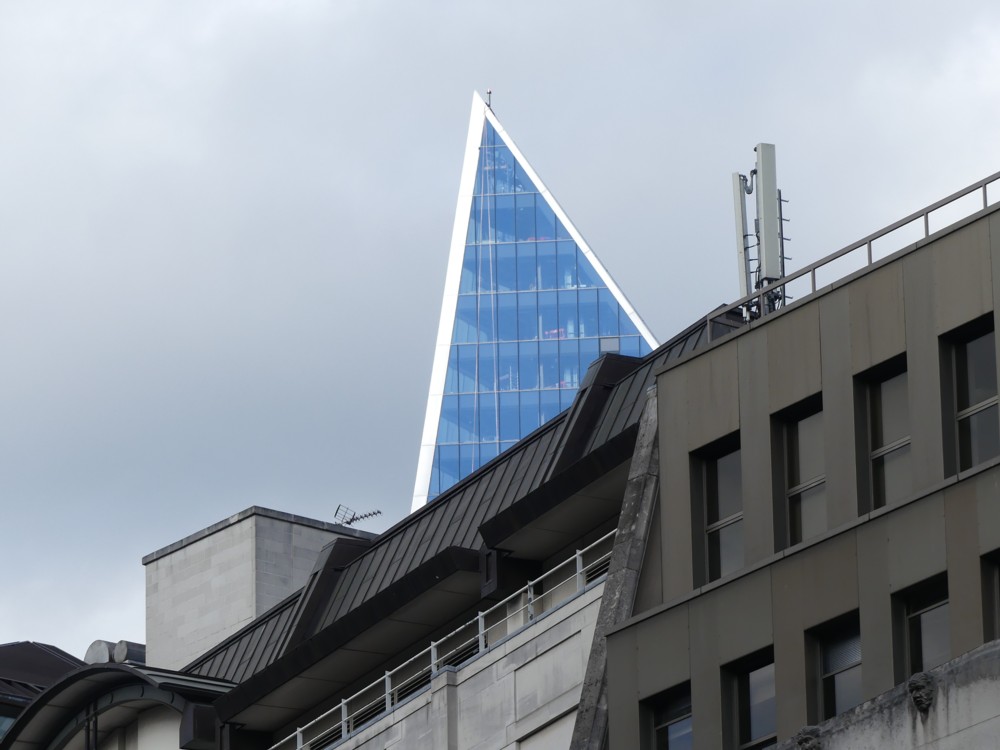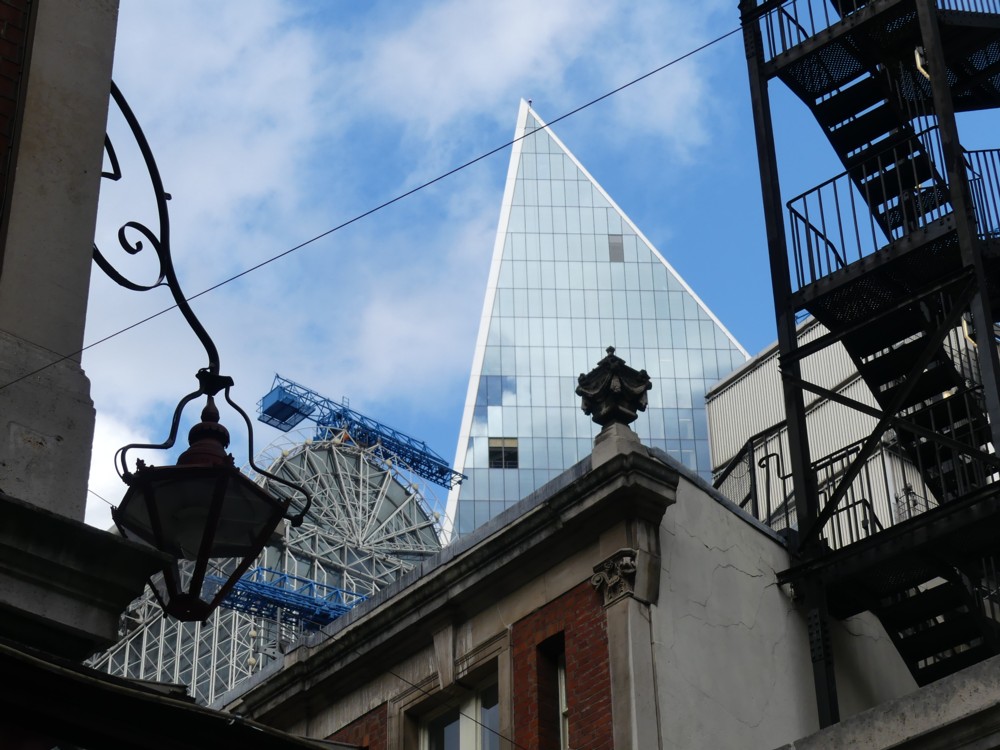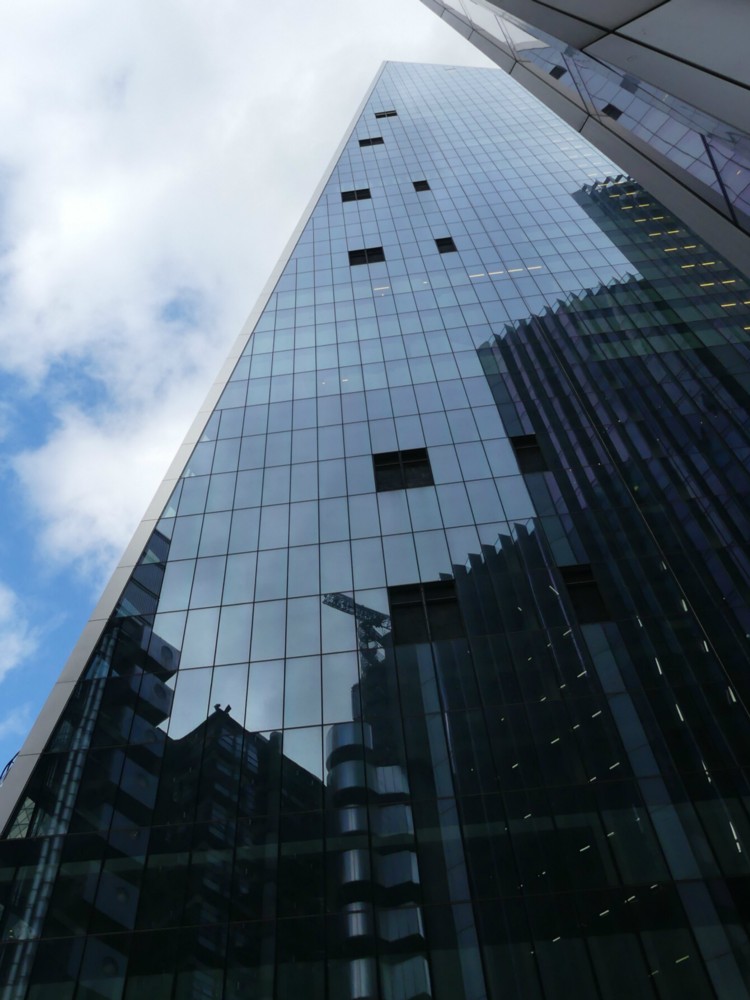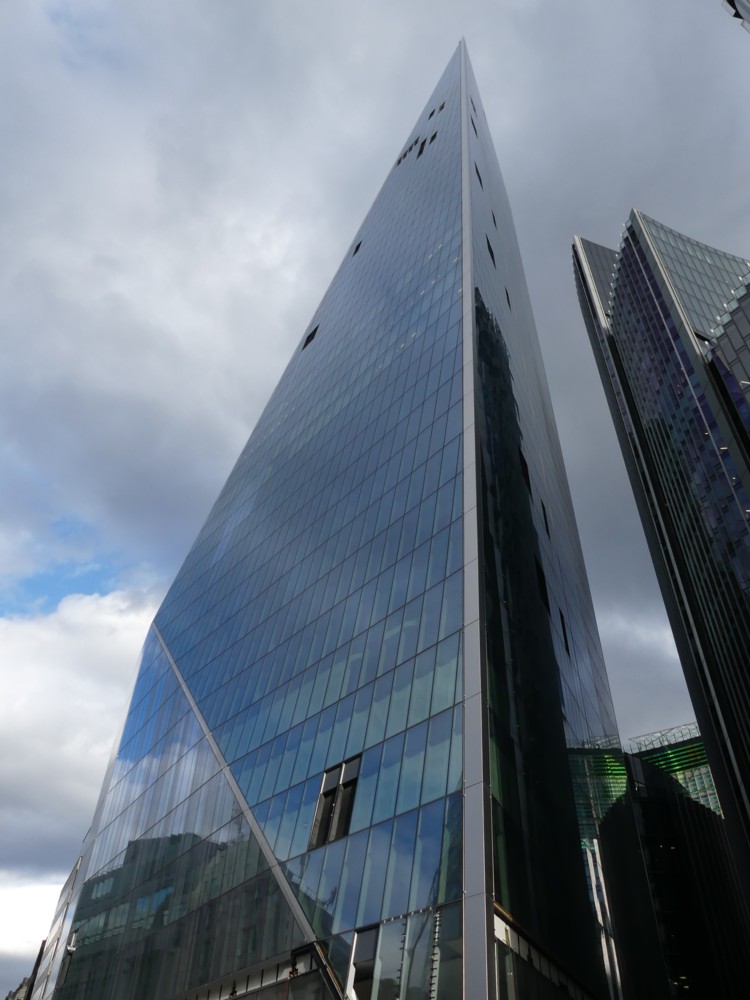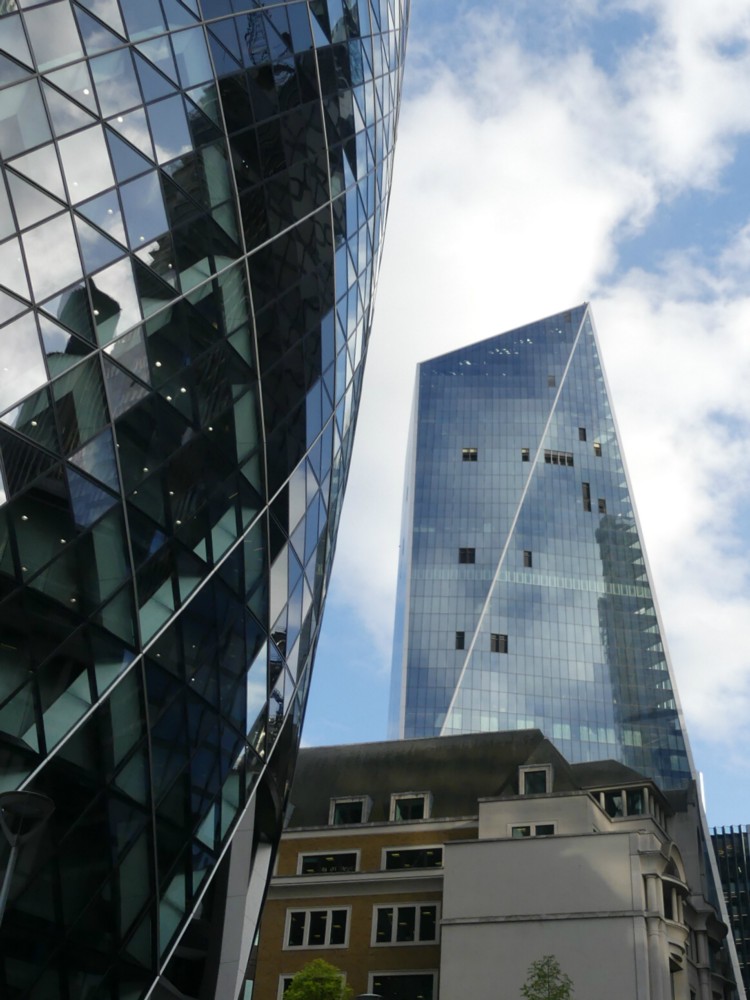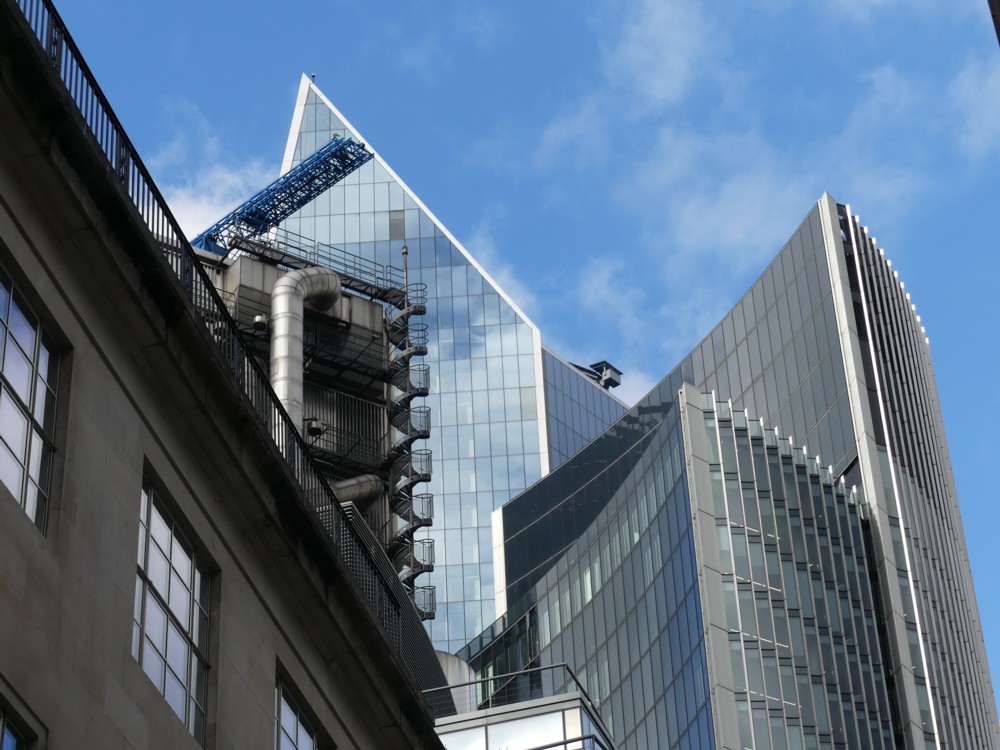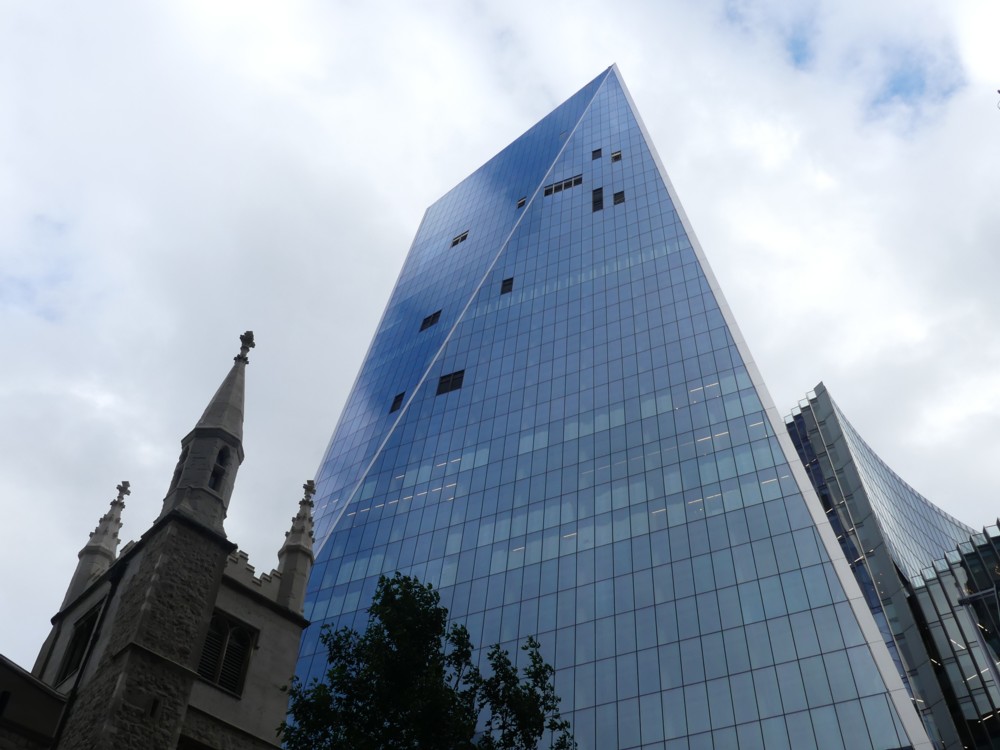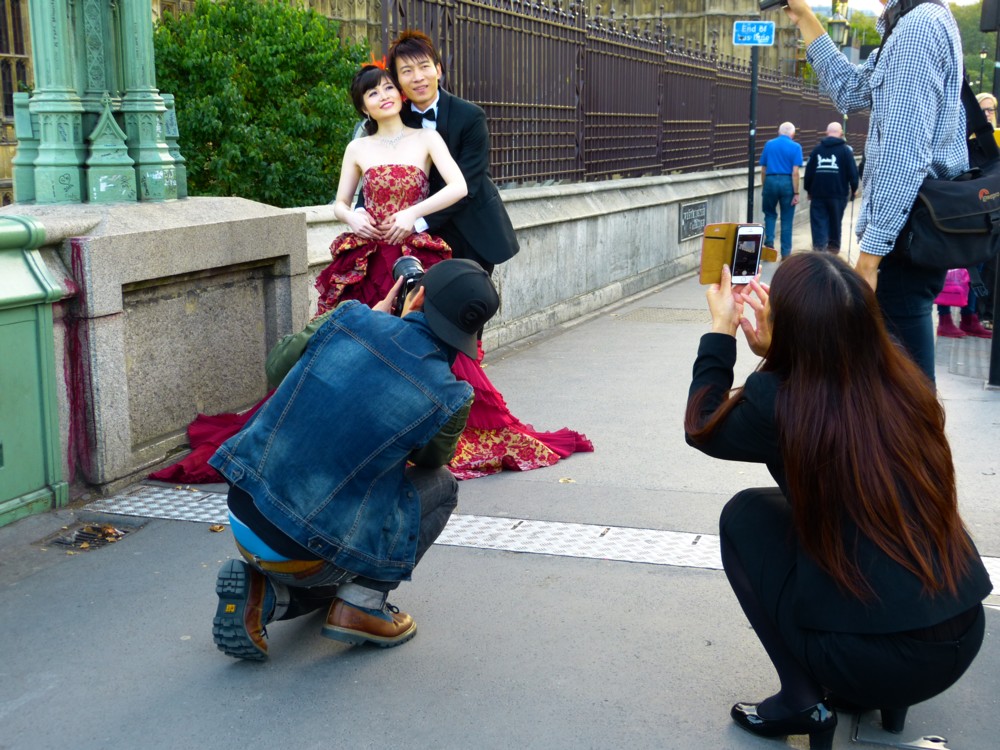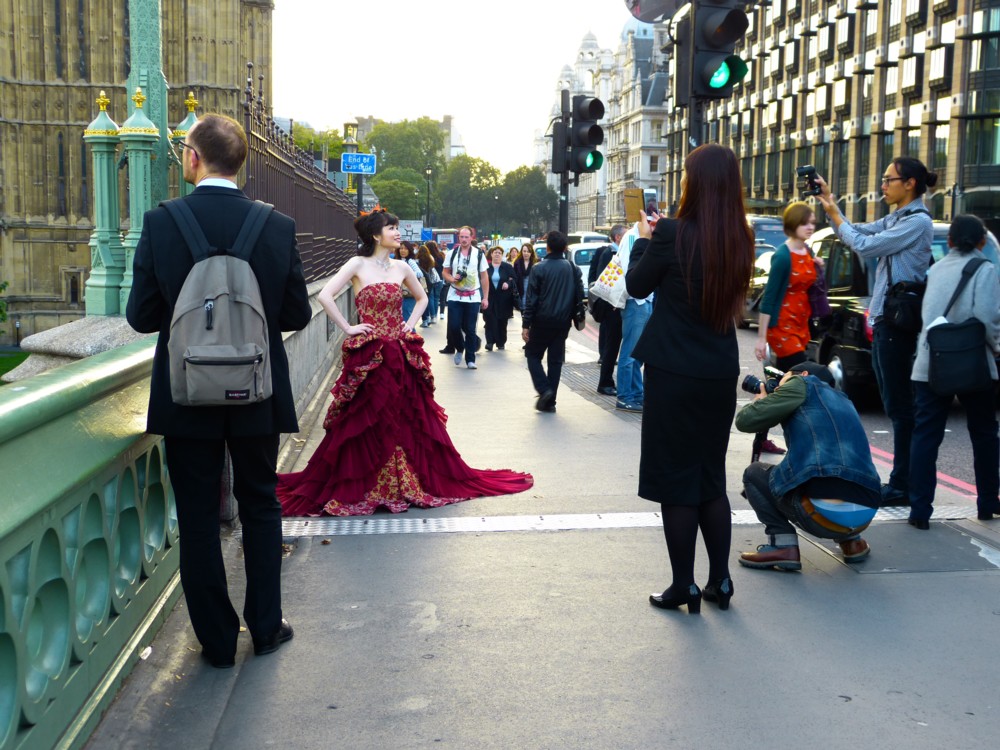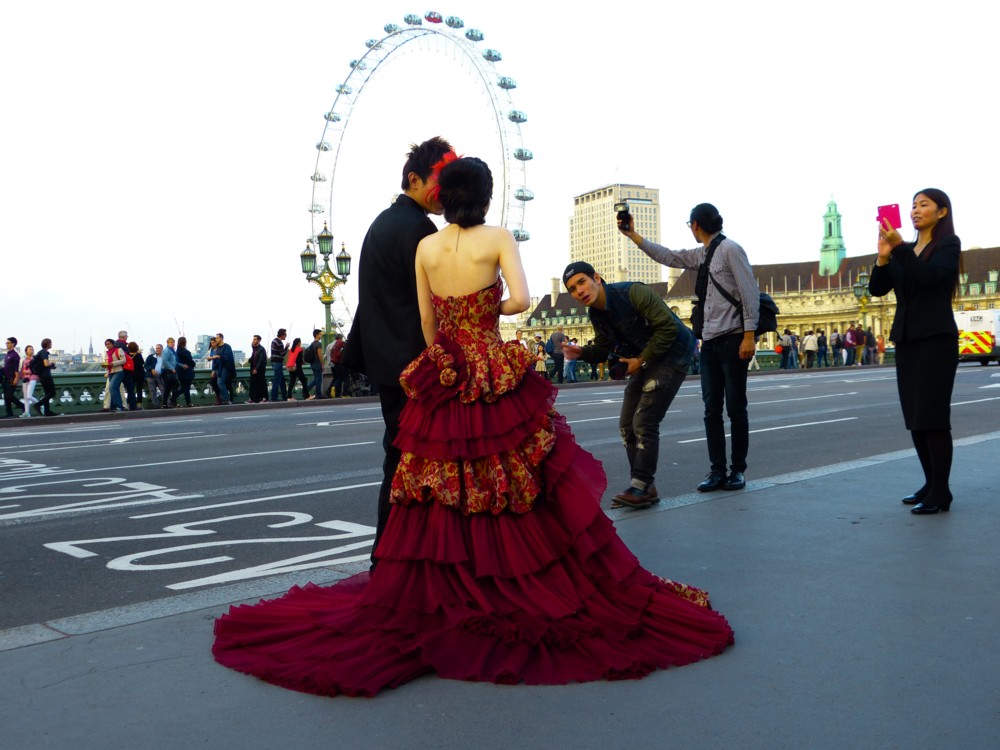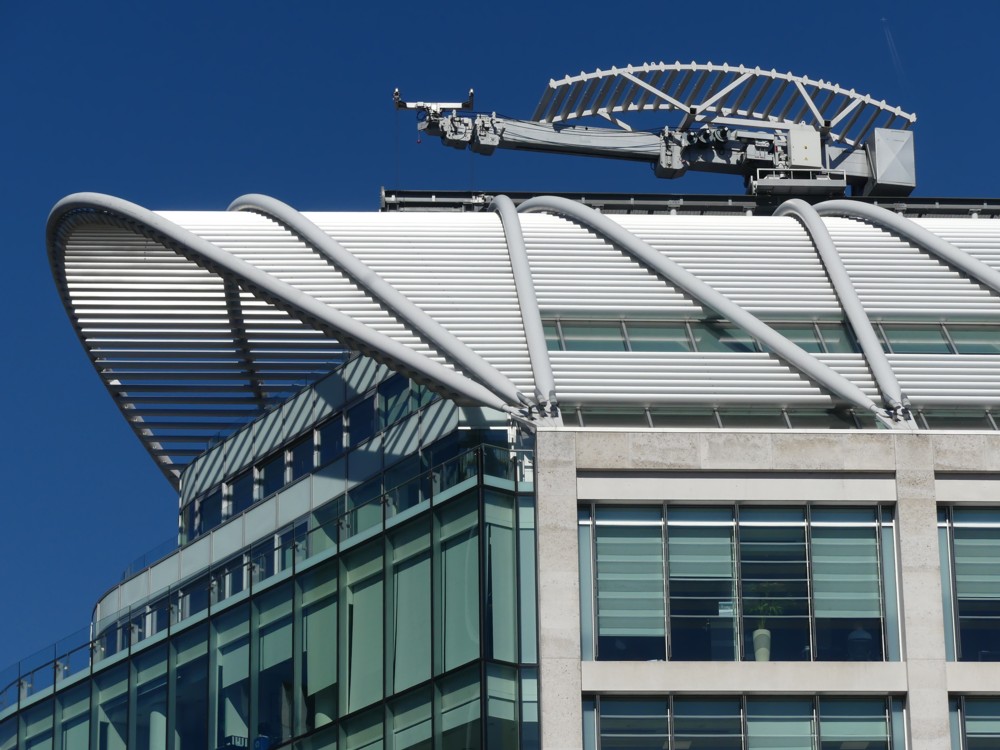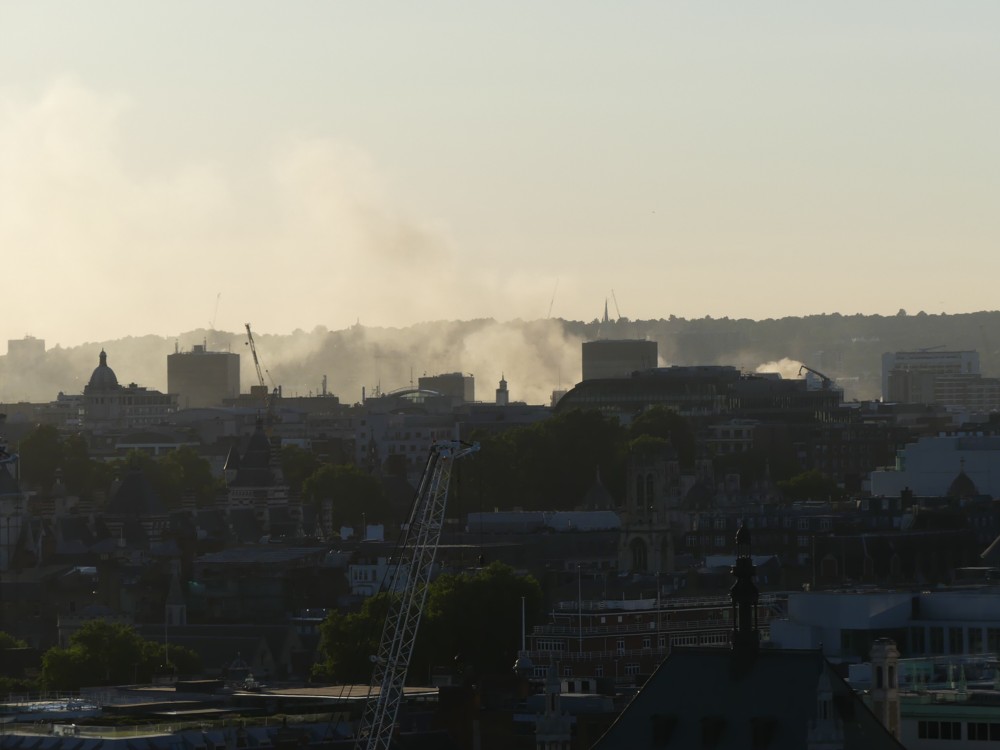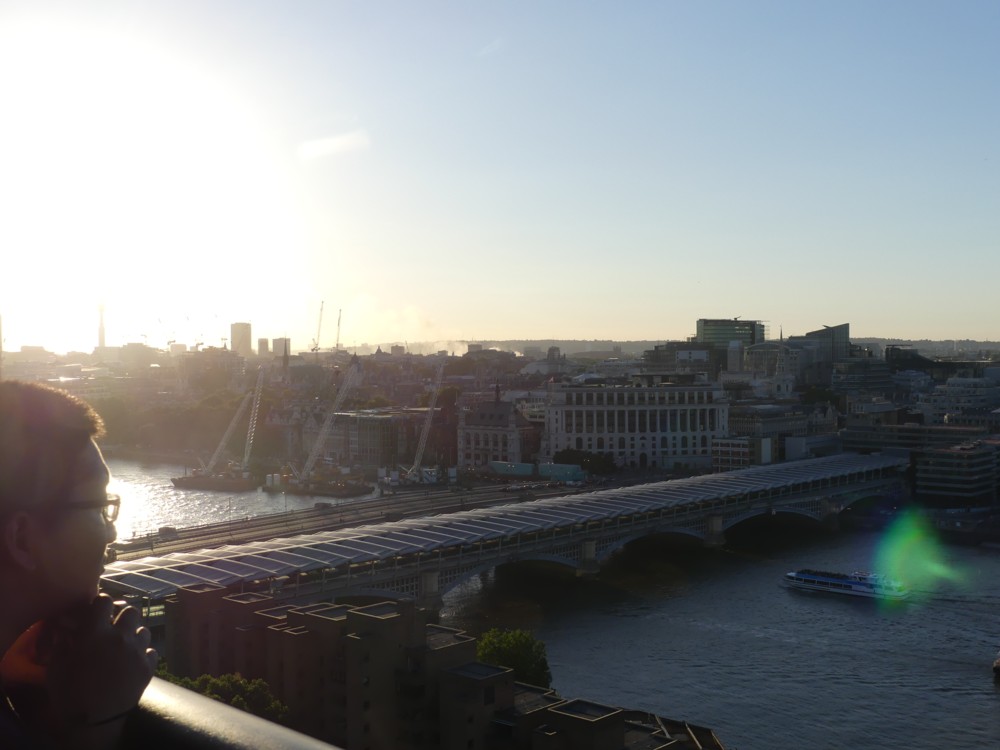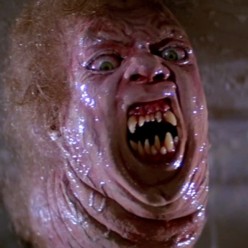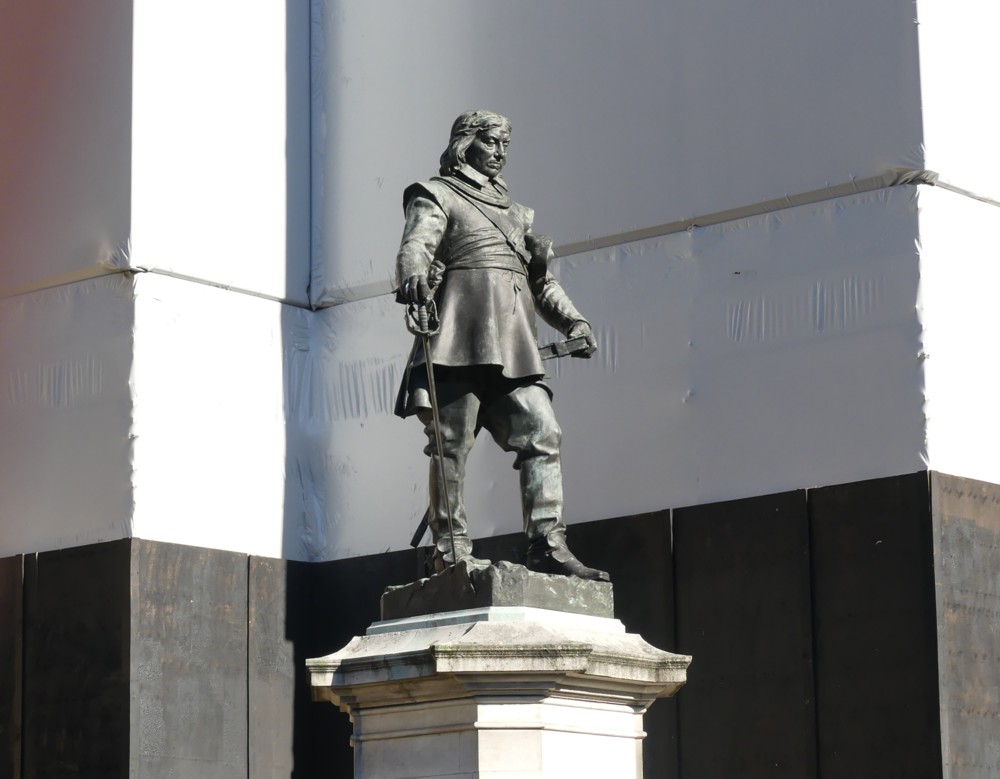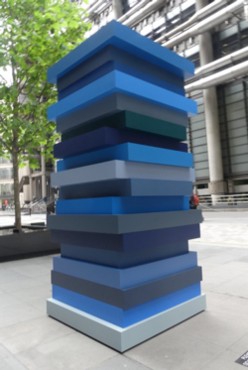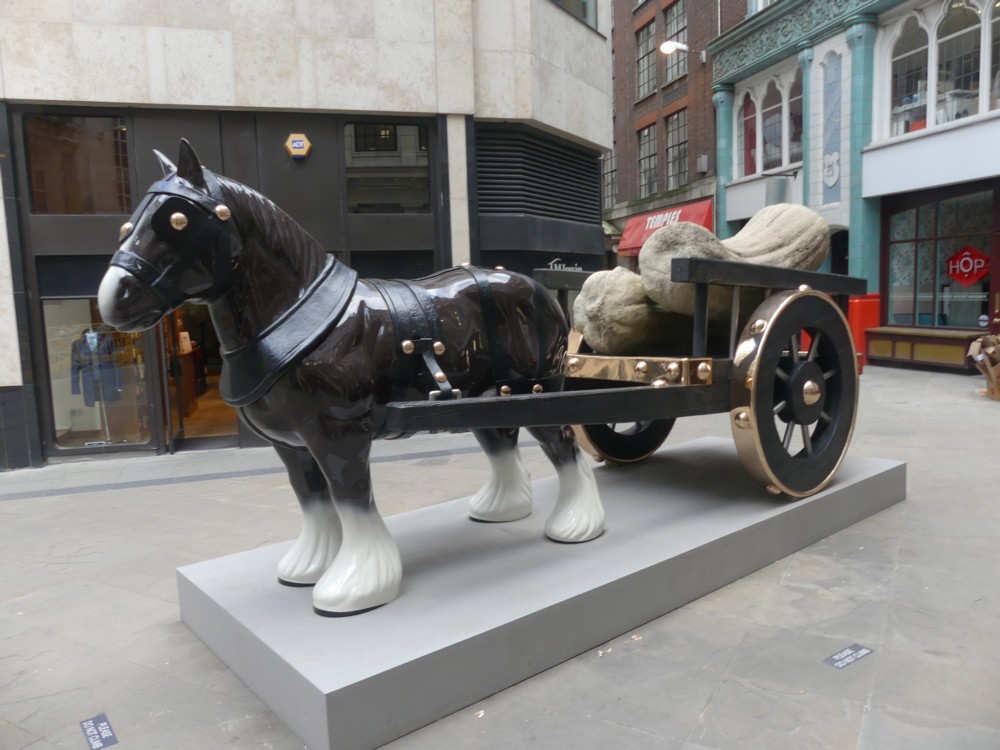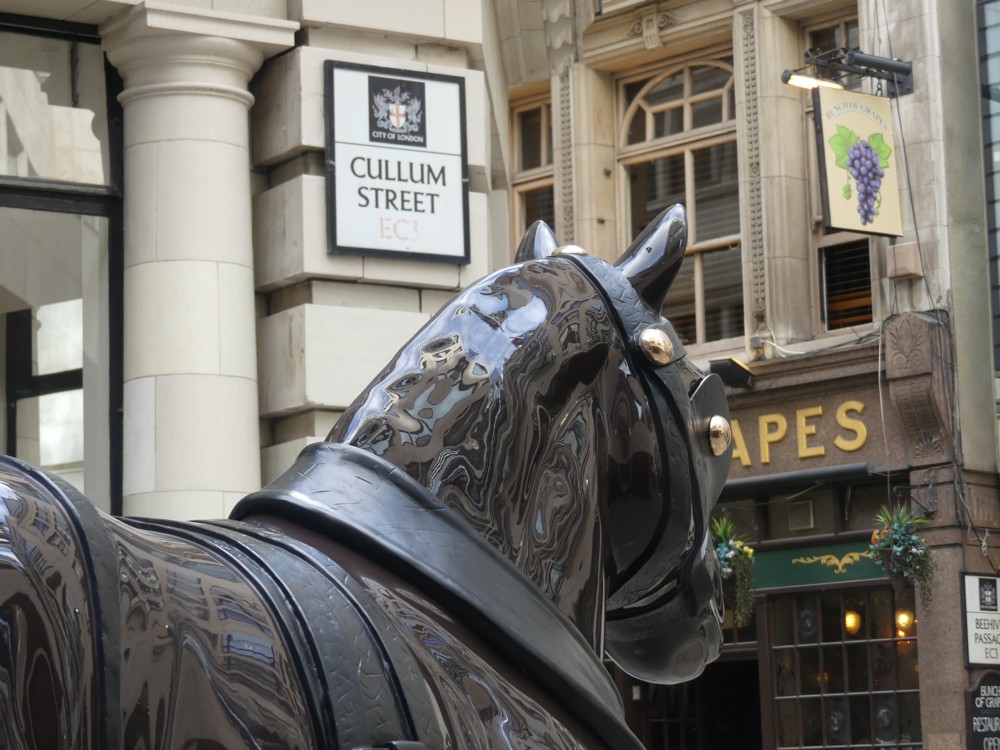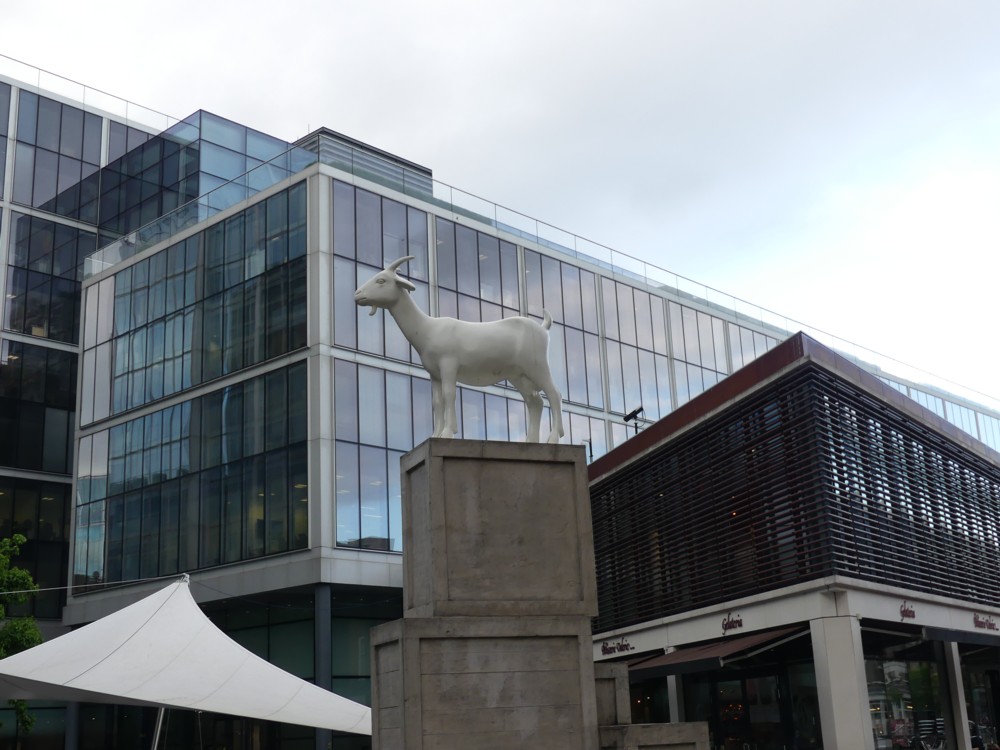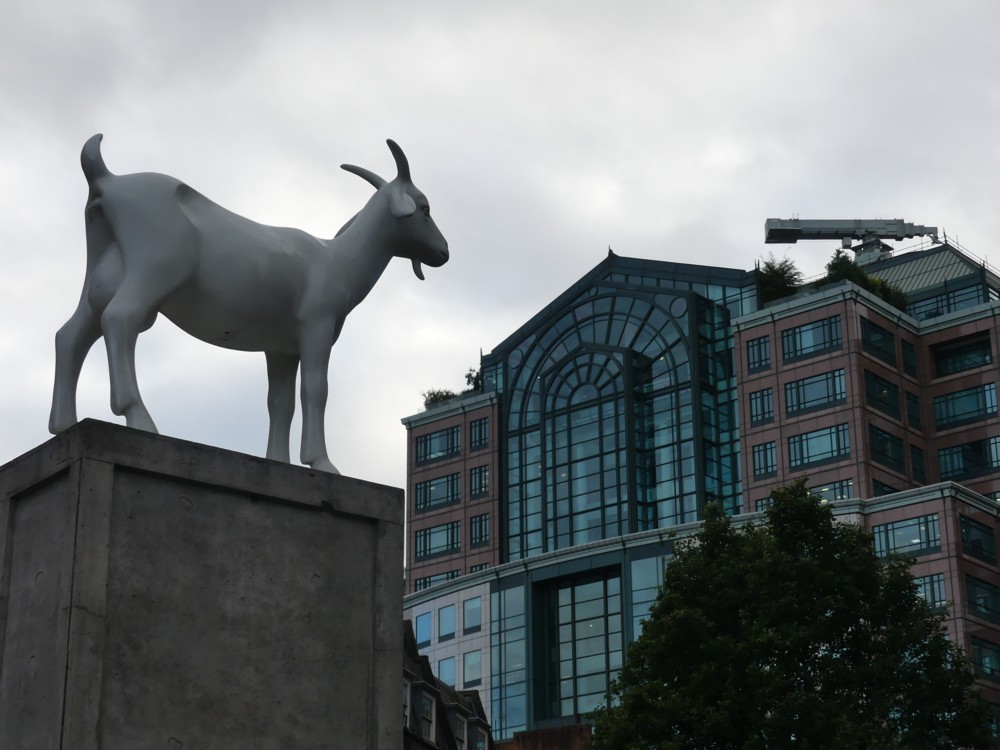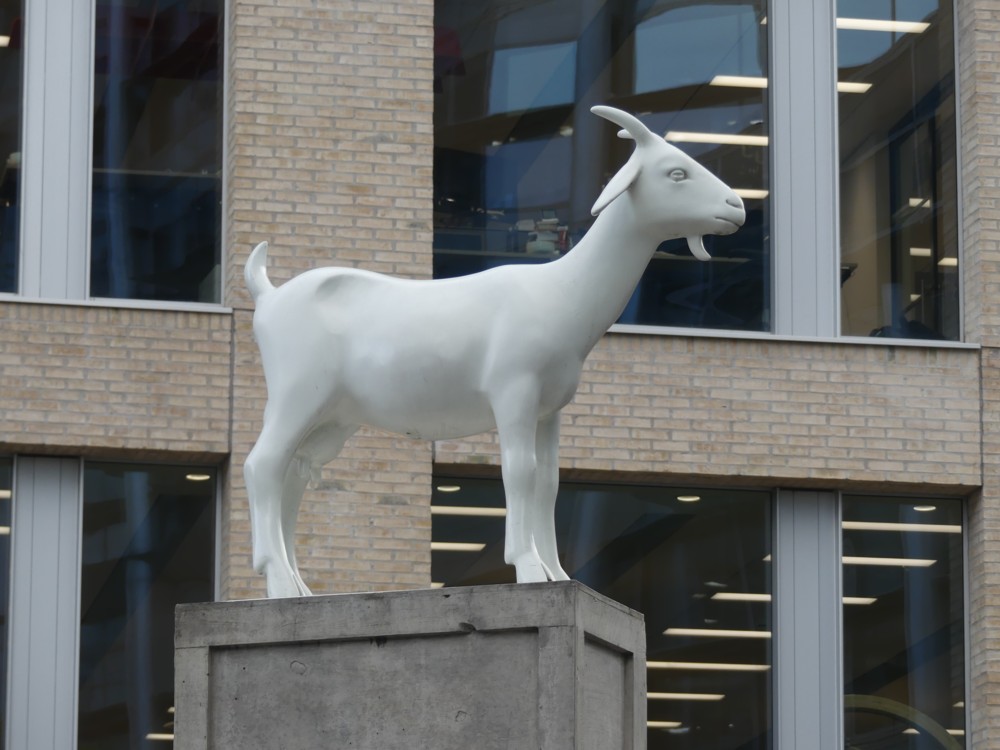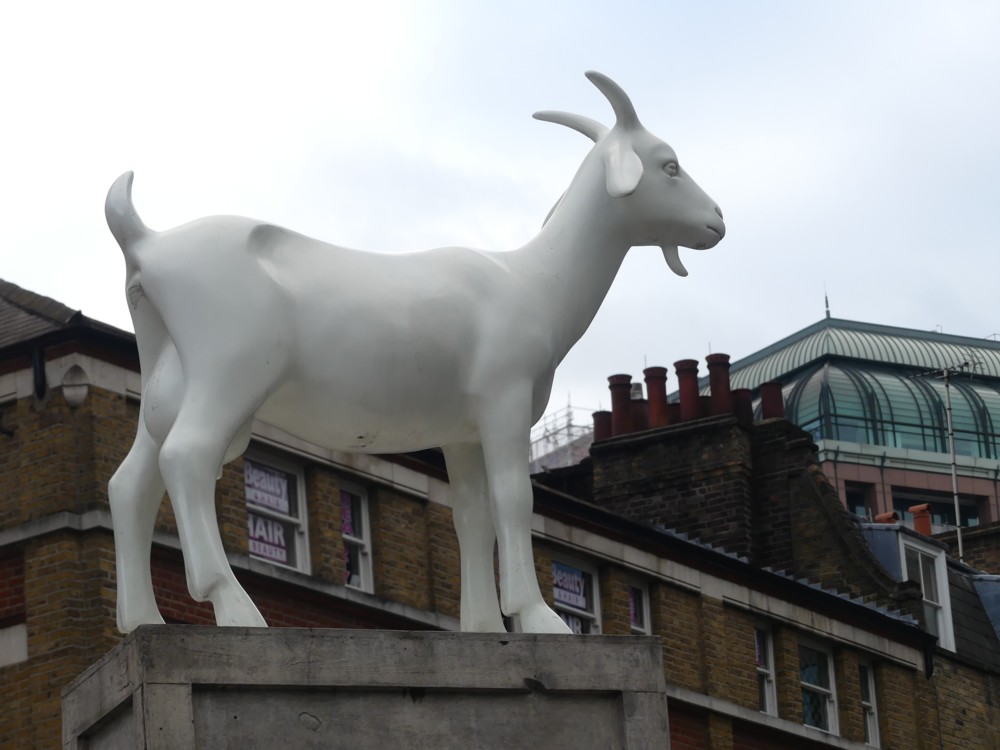Yes. Last night I went to the RFH, to see and hear Esa-Pekka Salonen conduct Schoenberg’s mighty Gurrelieder, something Salonen has done at the RFH, with the same orchestra, before. GodDaughter 2 was somewhere off in the distance, singing in the chorus, and had got me a seat near the front. So although I still heard lots of seats creaking and programmes flapping and coughers coughing, I also heard Schoenberg. And only Schoenberg, when Gurrelieder got loud, as it often does.
What a piece! If all you know about Schoenberg is twelve tone discordancy, all passion spent, but on the other hand if you like how the likes of Wagner and Mahler and Debussy sound when they get really worked up, then if you’ve not done so already, you really should check out Gurrelieder. Likewise Verklarte Nacht, if you like Brahms chamber music. Schoenberg greatly admired Brahms, I believe. When GD2 told me about this Gurrelieder concert, I mentioned Verklarte Nacht to her and she tried it, and loved it.
So, what does Gurrelieder sound like? Try: Wagner’s Tristan und Isolde meets Zombie Warrior Apocalypse meets Shakespeare’s Midsummer Night’s Dream turned nightmare, meets some mad Russian novel with mad drunkard clowns and with Ring Cycle theology inserted, meets (and ends with) Mahler’s Resurrection Symphony. Hence GD2 and her friends, singing in the chorus at the end.
I don’t go to many live concerts, but I am extremely glad that I went to this one, long and interval-less though it was. And there is now something particularly odd about my concert-going history. The dullest performance of a great piece of music I have ever witnessed (Beethoven’s Ninth Symphony at a Prom) and the most exciting performance of a great piece (this), were both of them conducted by Esa-Pekka Salonen.
I think this says something both about Beethoven and about Gurrelieder. If you just play the notes, exactly right, when playing a Beethoven symphony, but are not excited by the idea of playing this piece yet again and wanting people to like it yet again, the result is totally boring. Playing the notes exactly right (which in my opinion is a much under-rated musical virtue) is Esa-Pekka Salonen’s particular speciality, so his Beethoven 9, a piece the performance of which, yet again, seemed not to interest him, was the definition of tedium. But if you play the notes, exactly right, of Gurrelieder, and if you are interested in performing it, once again, and want everyone present to be astounded, then it is astounding. It has a lot of notes, and they are really difficult to master and play, all exactly right, all together, all as loud or as quiet as they should be. Salonen made all this happen, or so it sounded to me, and was also very excited about performing this amazing piece, once again. Accordingly, the result was amazing. As I thought it probably would be, because the less well known piece that Salonen also conducted at that Prom was almost as exciting as the Beethoven 9 that followed was crushingly dull. And you are not going to supervise a performance of Gurrelieder unless you totally believe, as Esa-Pekka Salonen clearly did, that this is a piece that should be performed, once again. Too much bother. Far too much bother.
A great concert and a great occasion. I was lucky to be there. GD2 was even luckier to be actually performing in it. I trust she realises this. Early emails following the concert suggest that she does.

